How One Man’s Recovery Is Redefining the Meaning of Healing
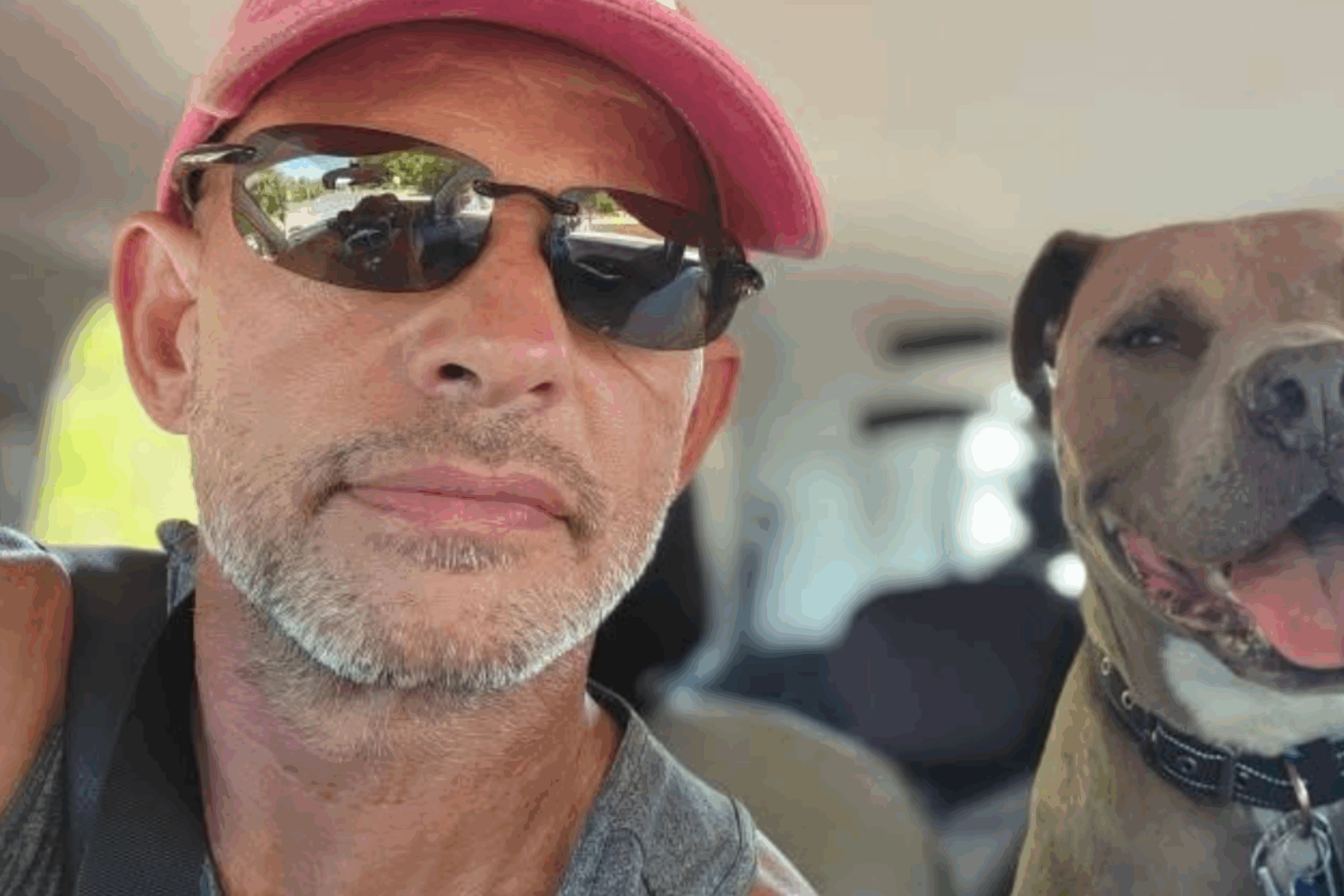
Every so often, a story emerges that asks us to pause and look deeper into what we believe about the human body and the power of persistence. It reminds us that science is not a distant concept but a mirror reflecting what is possible when faith meets innovation.
This is not simply a story about medicine or recovery. It is about a moment when the human spirit met science halfway and together they redefined what healing could look like. What follows is a journey of courage, discovery, and the quiet power of refusing to give up.

The Day the Body Fell but the Spirit Refused to Stay Down
Sometimes life brings us to a sudden stop. One moment you are in motion, chasing the wind, and the next you are face to face with the limits of your own body. For Larry Williams, a 58-year-old man from Philadelphia, that moment came on a mountain biking trail when a single collision with a tree changed everything. The impact shattered his C4 to C6 vertebrae, silencing the connection between his mind and his movement.
Doctors feared the worst. A man once full of energy and strength lay still, unable to move, his world reduced to hospital walls and whispered prayers. Yet even as his body rested in paralysis, something inside him refused to accept the finality of that diagnosis. Hope, fragile but steady, began to stir.
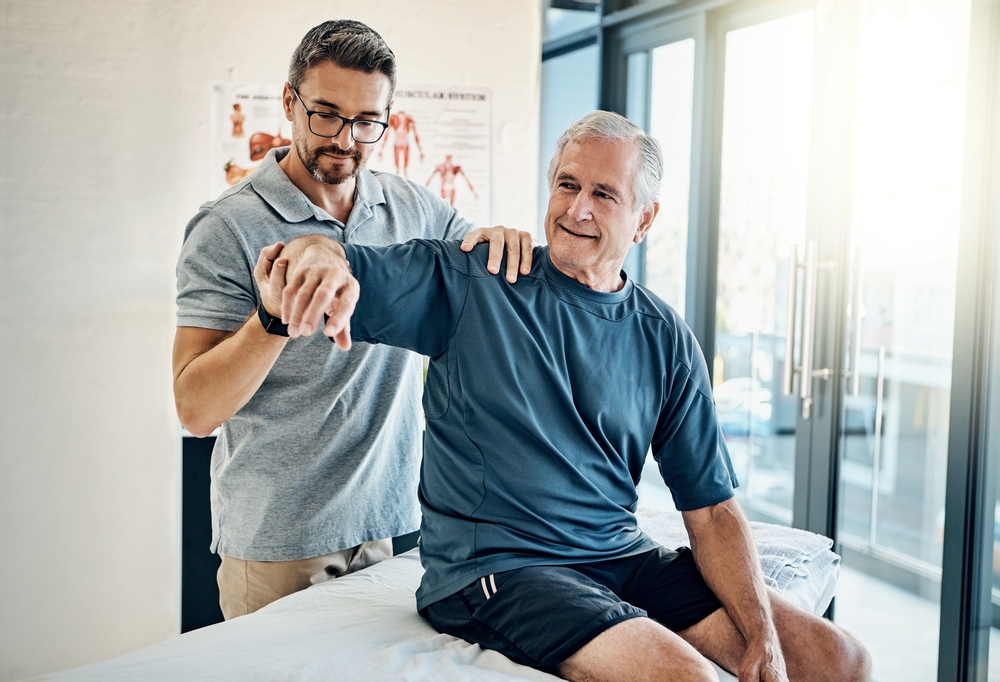
After spinal surgery, Larry spent two long weeks without movement. Then slowly, his body began to respond. Through relentless therapy and sheer determination, he started to regain the smallest signs of motion. “I was able to walk a little bit with the assistance of a walker,” he told Fox News Digital. “But I still had complications with mobility in areas like my hands.”
The recovery was painful and uneven. He had lost 40 pounds and battled the emotional weight that comes when the body no longer obeys. Still, Larry searched for something more than routine therapy could offer. That search led him to an experimental clinical trial for a peptide-based drug known as NVG-291, an injectable treatment designed to awaken the dormant power of the nervous system and help repair what injury had taken away.
In joining that trial, Larry did more than volunteer for science. He said yes to possibility. He placed his faith in a future where the human body could relearn what it once knew and where resilience could become the bridge between science and spirit.
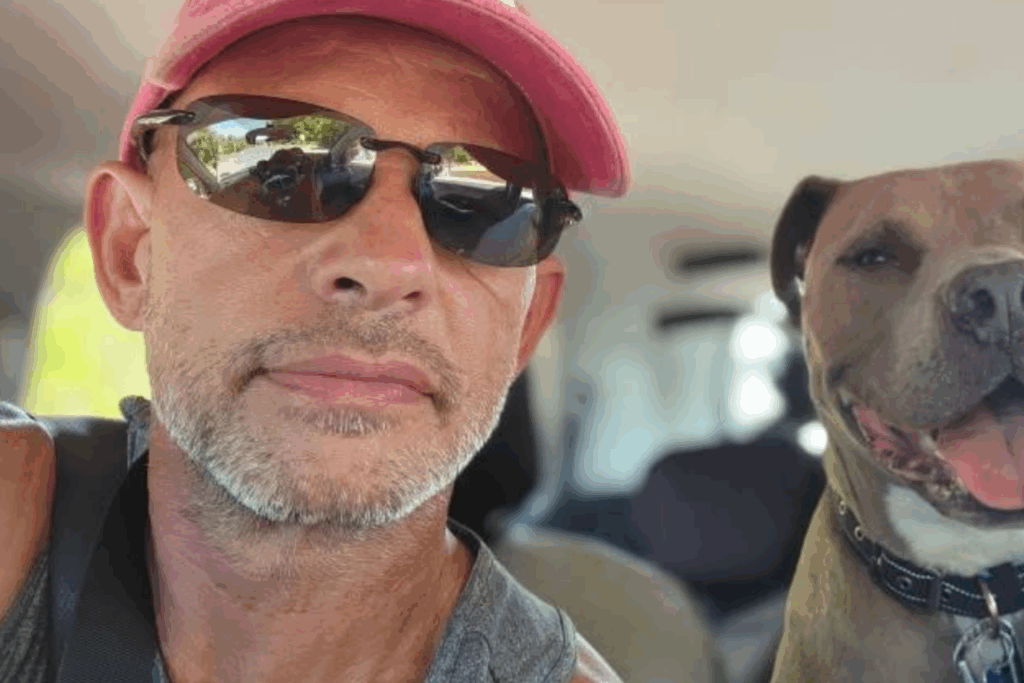
When Science Learns the Language of the Soul
Behind every scientific breakthrough lies a story not of machines or formulas but of human intention. In a quiet research space at the Shirley Ryan AbilityLab and Northwestern University, scientists are exploring something extraordinary: the possibility that the body can be taught to heal itself. Their work, centered on a clinical study known as NVG-291, is not just another entry in medical history. It is a conversation between biology and hope.
According to NervGen Pharma and NBC Chicago, NVG-291 is a peptide-based treatment designed to repair damaged nerves and restore movement in those living with spinal cord injuries. In the study, participants received daily injections over three months while undergoing carefully structured therapy sessions. These sessions were not merely routines but acts of reconnection, where each step and stretch measured the body’s ability to rediscover its own rhythm.

Larry Williams was one of those participants. His recovery followed a deliberate pattern of science and self-belief. Each day, an injection was paired with treadmill sessions and coordination exercises that tested his limits and reminded him what resilience feels like. His progress was recorded not just in numbers but in new possibilities. Over time, his movement became steadier, his walk smoother, his balance stronger. “The movement in my legs seems to be a little bit smoother and less restricted as the time passed by,” he said. “I’m not going to give up. I’m going to keep pushing and trying.”
At its essence, NVG-291 works by interrupting the natural signals that tell damaged nerves to stop growing. These signals are the body’s attempt to protect itself, but in doing so, they block regeneration. This drug removes those barriers, creating a path for neurons to reconnect so the brain and body can communicate again. Dr. Monica Perez of the Shirley Ryan AbilityLab described the treatment as minimally invasive and capable of amplifying the body’s own healing intelligence.
Early findings have shown that the drug is safe and well tolerated. More importantly, it has sparked a renewed sense of purpose in the medical community. Researchers now see the potential to not only treat paralysis but to understand recovery as a process that combines human will with molecular precision. In a world often divided between faith and science, NVG-291 is a reminder that the two have always been speaking the same language.
The Healing That Continued After the Medicine Stopped
When the clinical trial ended, the needles and lab schedules faded from Larry Williams’ daily life, but something far more powerful remained. Healing had become a rhythm, a quiet music that his body seemed to remember. Though the last dose of NVG-291 was given in July 2024, his progress did not stop with it. It was as if his nervous system had learned the melody of motion and refused to forget the song.
“I’m not working out really hard. I’m currently not in therapy,” he said. “But just a couple of days ago, I stood up and tried to free-stand, balance and lift one foot off the ground. I was able to do it for 30 seconds.”
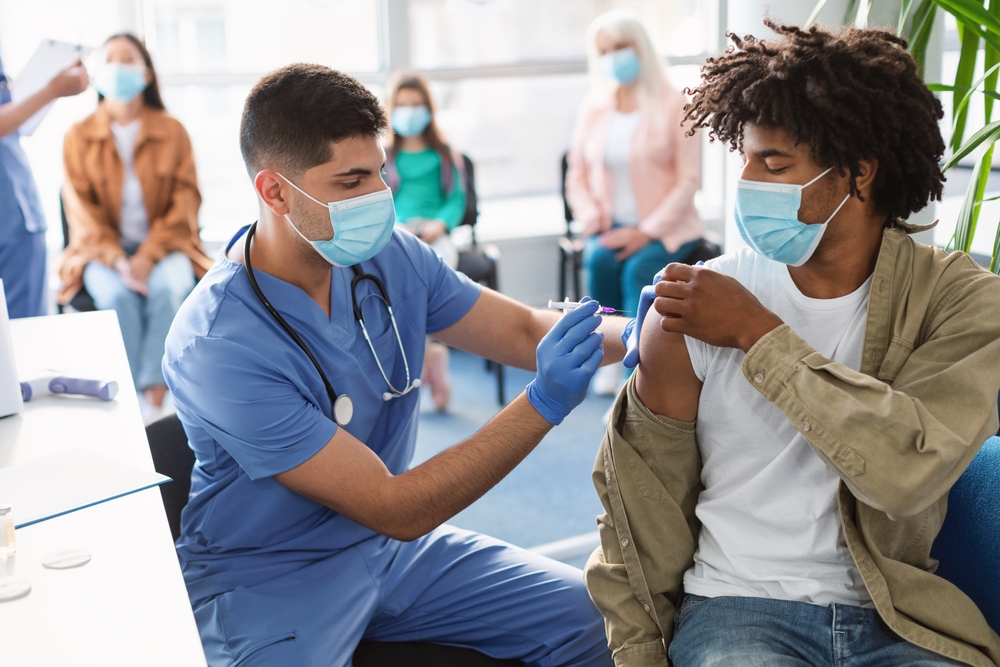
Six months earlier, the same effort had lasted only a few seconds before his body gave in. Now, without the structure of a trial or the guidance of constant supervision, he was defying what once seemed permanent. He continued to walk more steadily and even swim laps in the pool, moving through the water with a freedom that only months before felt unreachable.
“I reach out to other people with the same injury as me, and it seems like a lot of them, after years and years of therapy, get to where I am,” he reflected. “And it kind of seems like I’ve been given a shortcut.”
That shortcut, of course, was not luck. It was science meeting the will to rise again. Larry’s recovery became a message for those still waiting for progress to come. He had been paralyzed and had every reason to settle into despair, yet he kept choosing effort over resignation, movement over stillness.
“It could really change things for people with injuries like mine,” he said. “I’m just praying that everybody out there is able to have an opportunity to gain back their life.”
Larry’s story is no longer about a single drug trial. It is about the moment a man learns that healing is not an event but a practice. It lives in the repetition of small victories, the quiet confidence of trying again, and the belief that even when medicine stops, progress can still continue through patience, persistence, and hope.
Science of Healing, Art of Becoming
The discovery of NVG-291 does more than help the body repair its nerves. It invites us to see growth as an inner science. Just as this treatment teaches damaged cells to reconnect, we can learn to rebuild our focus and motivation when life feels fractured.
Healing in the lab happens through small, repeated signals that tell the body to move again. Personal development works the same way. Each act of discipline, each mindful choice, strengthens the pathways that lead us toward progress. The body learns through repetition, and so does the mind.
Larry Williams’ recovery reminds us that medicine can open the door, but persistence walks us through it. His determination became the true catalyst for change. In our own lives, progress begins when we stop waiting for perfect conditions and start trusting consistent effort.
Growth, like regeneration, demands patience. Observe your patterns, refine them, and celebrate small victories. Science proves that the body remembers movement long after paralysis. The same is true for our drive. When we feed it with belief and focus, we become living evidence that healing and achievement are built from the same will to keep moving forward.
The Human Blueprint for Possibility
What began as a clinical trial became a story about something far greater than medicine. The NVG-291 breakthrough and Larry Williams’ recovery remind us that healing is not just a biological event but a spiritual one. It reveals that within every human being is a system designed for renewal, not only in the body but in the mind and heart as well.
Science has shown us that the nervous system can relearn connection after injury. In the same way, we can relearn faith after failure, purpose after loss, and drive after defeat. The same intelligence that helps neurons rebuild also lives within us when we choose growth over stagnation and curiosity over fear.
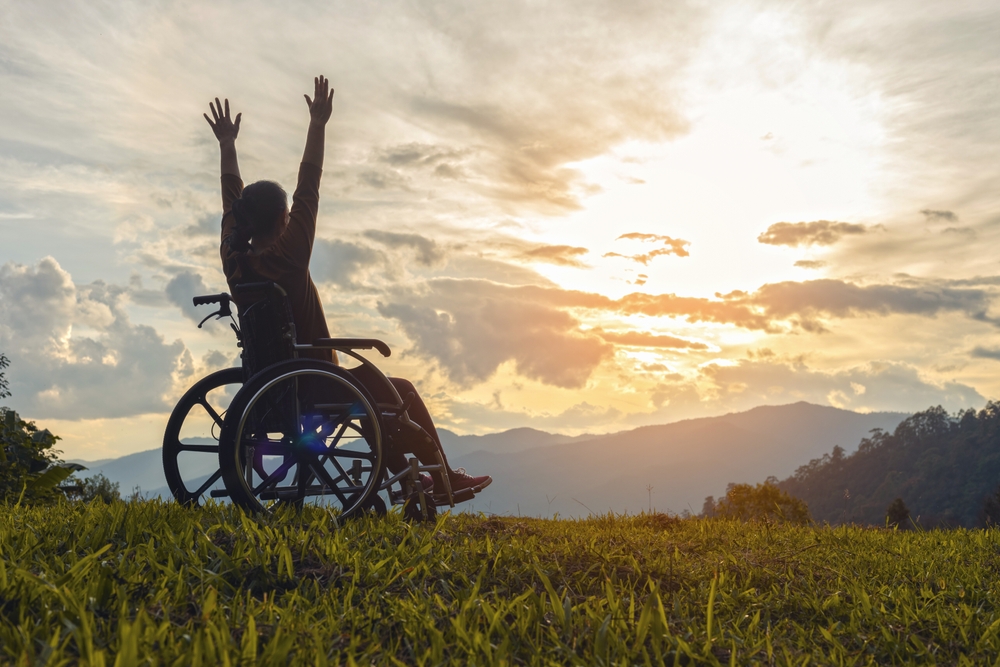
Larry’s journey is a mirror for all of us. It tells us that recovery, in any form, begins with belief followed by action. Whether we are healing from injury, disappointment, or doubt, the pattern is the same. Progress requires the courage to keep showing up, to keep sending signals of hope through the nervous system of the soul.
In every experiment, every breakthrough, every personal transformation, the message is clear. We are not static beings defined by limitation. We are living systems of renewal. Science may have discovered a way to help the body walk again, but it is the human spirit that teaches the world how to rise.
Featured Image from @larrypwilliams on Instagram
Loading...

